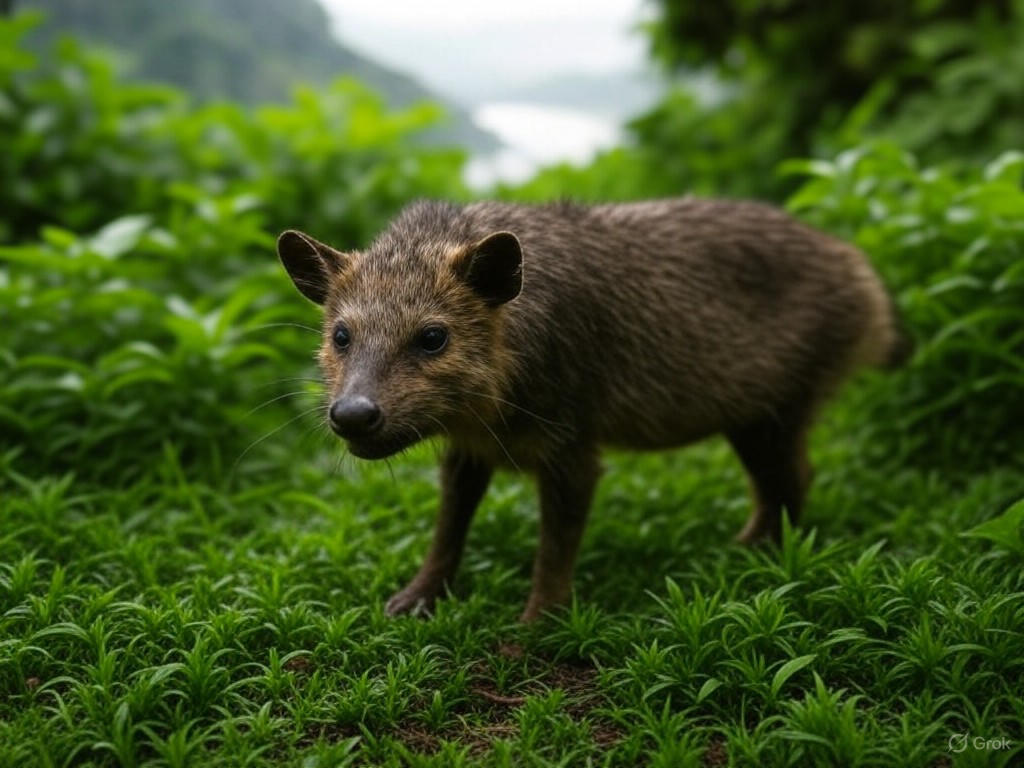The International Union for Conservation of Nature (IUCN) Red List categorizes species at risk of extinction, with over 10,000 species classified as Critically Endangered (CR). This article explores the current status of these species, the threats they face, and the conservation actions needed to prevent their loss, drawing from recent assessments and global biodiversity frameworks.
Critically Endangered species
biodiversity conservation
IUCN Red List
Geographical and Taxonomic Patterns of Critically Endangered Species
CR species are unevenly distributed, with hotspots in regions like the Caribbean, Madagascar, and Southeast Asia. These areas host unique biodiversity but face severe threats from habitat loss and invasive species.
Distribution Across Ecosystems
Many CR species are endemic to specific countries, highlighting the need for targeted conservation. Forests are critical habitats, supporting over 60% of CR species, yet deforestation continues to threaten their survival.
Islands, in particular, are biodiversity hotspots, but their isolation makes them vulnerable to invasive species and climate change impacts.
Consider exploring apps for conservation monitoring to track these changes effectively.
Taxonomic Biases and Vulnerabilities
Plants dominate the CR list, followed by vertebrates, but invertebrates and fungi are underrepresented, indicating potential gaps in assessments.
Species with unique evolutionary traits are at higher risk, emphasizing the importance of phylogenetic diversity in conservation strategies.
Don’t miss out—use apps to support biodiversity efforts today.
Major Threats to Critically Endangered Species
Threats such as agriculture, logging, and invasive species are primary drivers of decline for CR species, affecting habitats and populations worldwide.
Agriculture and Habitat Loss
Agriculture impacts over half of CR species, leading to habitat fragmentation and loss, particularly in tropical regions.
Small-scale farming often exacerbates the issue, though sustainable practices could mitigate these effects.
Take action now—download apps for sustainable living to make a difference.
Invasive Species and Climate Change
Invasive alien species pose a significant threat, especially to island endemics, while climate change amplifies risks through extreme weather events.
Examples include the devastating effects of chytrid fungi on amphibians, underscoring the need for immediate interventions.
Stay informed—check out eco-friendly gadgets for your daily life.
Conservation Actions and Success Stories
Despite challenges, conservation efforts have led to successes, such as the recovery of species through protected areas and invasive species eradication.
Protected Areas and Key Biodiversity Areas
Key Biodiversity Areas (KBAs) play a crucial role in safeguarding CR species, with many benefiting from protected status.
However, not all species receive adequate coverage, highlighting the need for expanded networks.
Join the movement—explore AI-driven conservation tools now.
Species-Specific Interventions
Ex situ conservation and reintroduction programs have saved species on the brink, demonstrating the effectiveness of targeted actions.
Examples include the Bali myna’s recovery, emphasizing the impact of collaborative efforts.
Make an impact—try apps that support wildlife protection.
Challenges in Assessment and Monitoring
Taxonomic and geographical biases in Red List assessments mean many species may be under-assessed, leading to incomplete data on extinction risks.
Updating Assessments
Regular reassessments are essential to track changes in threats and status, yet resource constraints delay this process.
Incorporating Indigenous knowledge could improve accuracy and coverage.
Engage with technology—use monitoring apps for real-time updates.
Tools for Effective Conservation
Emerging metrics like the Green Status of Species help measure recovery, providing a more comprehensive view of conservation success.
Private sector tools, such as the STAR metric, enable businesses to contribute to threat abatement.
Discover more—access educational resources via apps.
Future Directions and Policy Implications
To achieve global biodiversity targets, increased funding and political commitment are vital for CR species conservation.
Scaling Up Resources
Estimates suggest billions are needed annually to implement necessary actions, yet current funding falls short.
Innovative financing, like species bonds, could bridge this gap.
Contribute today—sign up for conservation apps.
Enhancing Collaboration
Partnerships between governments, communities, and Indigenous peoples are key to effective implementation.
Tools like the Global Species Action Plan guide efforts toward the Kunming-Montreal Framework goals.
Get involved—explore AI for environmental action.
In conclusion, the plight of CR species underscores the urgency of conservation. By addressing threats, enhancing monitoring, and fostering collaboration, we can work towards a future where these species thrive. The integration of technology, such as AI-driven apps, offers promising tools for this endeavor.
FAQs
- What is a Critically Endangered species? A Critically Endangered species is one facing an extremely high risk of extinction in the wild, as defined by the IUCN Red List criteria, often due to habitat loss and overexploitation.
- How can individuals help conserve biodiversity? Individuals can support conservation by using apps for monitoring local wildlife, reducing their environmental footprint, and advocating for policies that protect endangered species.
- What role does technology play in conservation? Technology, including AI and mobile apps, enhances tracking, data analysis, and public engagement in conservation efforts, making it easier to monitor and protect CR species.
- Are protected areas effective for CR species? Yes, protected areas like KBAs have shown positive outcomes, but they must be effectively managed and expanded to cover more species.
- What is the Kunming-Montreal Global Biodiversity Framework? It’s a global agreement aiming to halt biodiversity loss by 2030, focusing on targets like protecting 30% of the planet and recovering threatened species populations.

